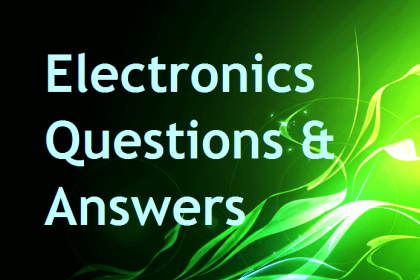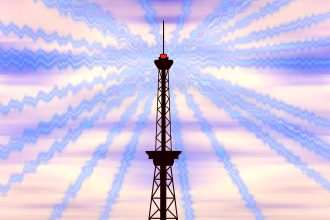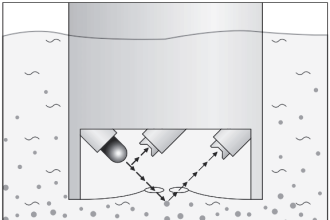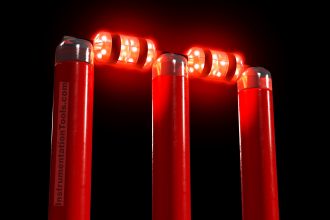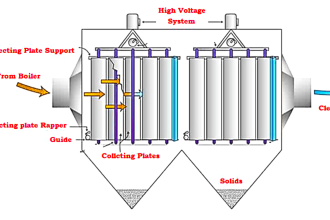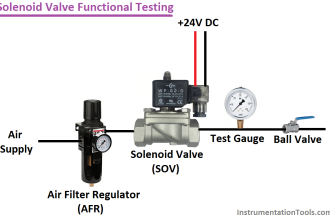1. Explain what is an amplifier?
The device that amplifies the amplitude of the input signal is called the amplifier. An amplifier may be defined as a device that increases the current, voltage or power of an input signal with the help of a transistor by furnishing the additional power from a separate source of supply.
2. Explain what is meant by small signal amplifier?
When the input signal is quite weak and produces less small fluctuations in the output current in comparison to its quiescent value, the amplifier is called the small signal or voltage amplifier.
3. Explain what is meant by phase reversal?
In a CE configuration, the output voltage increases in the negative direction when the input signal voltage increases in the positive direction and vice-versa. This is called the phase reversal and and causes a phase difference of 180o between the input signal and output voltage.
4. Explain what is an ac emitter resistance?
The dynamic resistance of the emitter-base junction diode is called the ac emitter resistance.
5. Explain what do you mean by operating point?
The zero signal values of IC and VCEare known as the operating point. It is called operating point beacue the variations of IC and VCE take place about this point when signal is applied. It is also known as the quiescent or Q-point.
6. Explain what is transistor biasing?
The proper flow of zero signal collector current and the maintenance of proper collector emitter voltage during the passage of signal is called the transistor biasing.
7. Explain what is faithful amplification?
The process of raising the strength of a weak signal without any change in its general shape is referred to as faithful amplification.
8. Explain what is the effect of removal of bypass capacitor in a CE amplifier circuit?
Removal of bypass capacitor in a CE amplifier circuit causes excessive degeneration in the amplifier circuit and therefore reduction in voltage gain.
9. Explain why common-collector circuit is known as an emitter follower?
The CC circuit amplifier is called an emitter follower because in this circuit the output voltage at the emitter terminal follows the input signal applied to the base terminal.
10. Explain what are the main purposes for which a common-collector amplifier may be used?
For a common collector amplifier, current gain is as high as for CE amplifier, voltage gain is less than unity, input resistance is the highest and the output resistance is the lowest of all the three (CE, ,CC and CB) configurations. This circuit finds wide applications as a buffer amplifier between a high impedance source and a low load.
